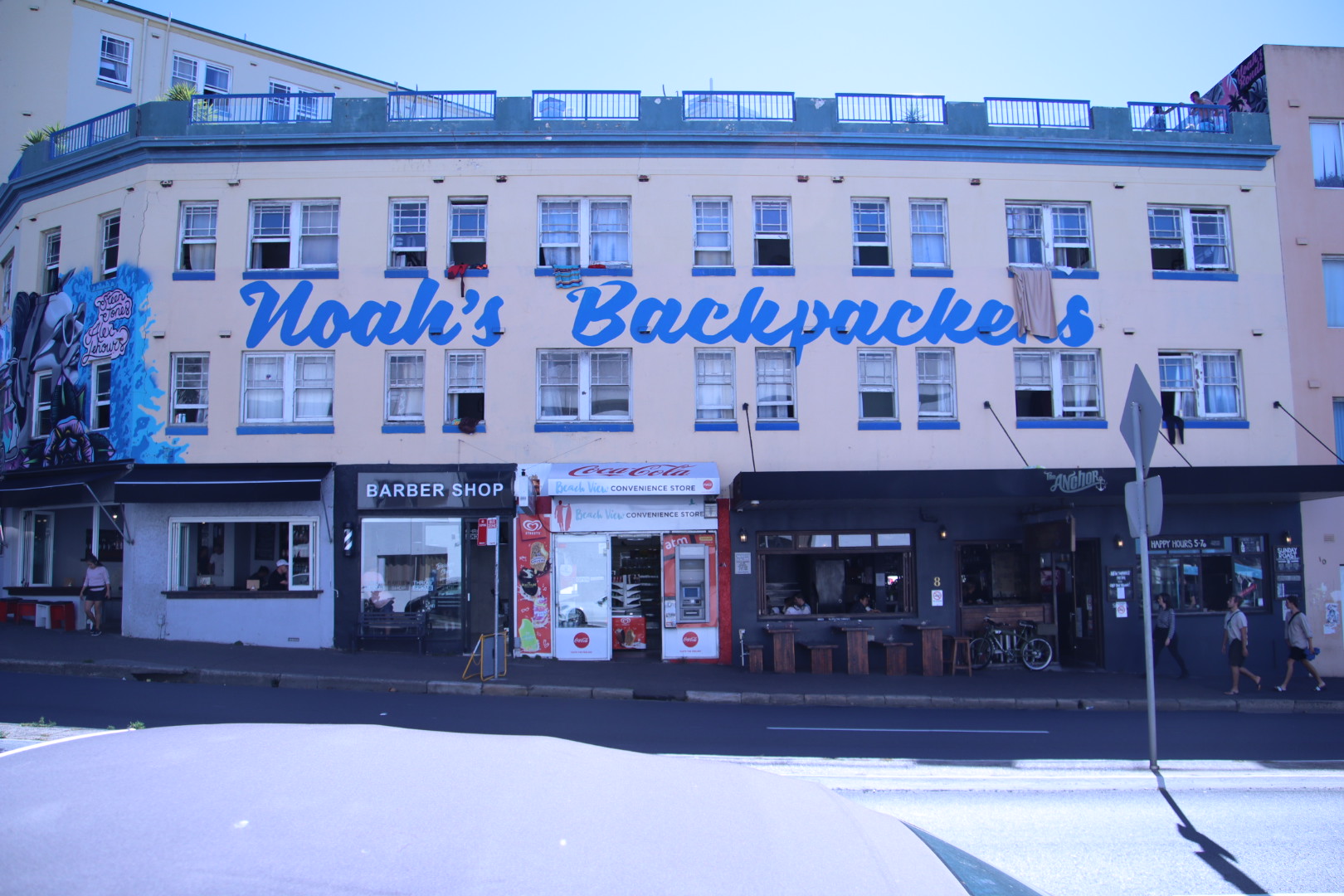Claiming Capital Works Allowance?
Rental Property Depreciation is the most significant non-cash tax deduction for any rental property owner.
Capital Allowance and Capital Works are two types of claims of Rental Property Depreciation. Read on to find out the difference.
What is ‘Capital Allowance’?
Capital allowance measures contain the rules for calculating the decline in value of depreciating assets.
So what is a depreciating asset? A depreciating asset is one which has a limited effective life and can reasonably be expected to decline in value over time.
Examples: plant, computer hardware and machinery.
Trading stock, capital works, in-house software and certain items of intellectual property are expressly excluded from the definition of a depreciating asset.
A depreciating asset has two elements of cost. The first is, generally, amounts paid to hold the asset, such as the purchase price. The second is, generally, amounts paid to bring the asset to its present condition, such as the cost of capital improvements to the asset.
The decline in value of depreciating assets is subject to Division 40. Investment property owners, generally, will need to depreciate any assets costing more than $300 each. At Ask Us Tax, as part of our customised online form, you need to simply provide details of the items purchased including the date of purchase and cost, and we will do the rest for you.
What are ‘Capital Works’?
Capital works deductions relate to the deduction of construction costs and any structural improvements to your investment property over a 25-year or 40-year period.
Examples: building construction costs, costs of altering the building such as adding an internal wall, kitchen renovations or bathroom makeovers, costs of capital improvements to the surrounding property, and any initial repairs, for example, in remedying defects, damage or deterioration that existed at the date you acquired the investment property.
Capital works deductions are subject to Division 43, and you can only claim a deduction for the period the investment property was rented or is available for rent.
Determining the building construction costs, especially for older investment properties, is not our area of expertise. We suggest you obtain a quantity surveyors report. This report will ensure all construction costs and structural improvements, as well as depreciable assets under Division 40 are included and depreciated over their effective lives.
Contact us now and we will help you optimise your capital works allowance deductions in your next tax return.
Our expert accounting and taxation teams have all the advice you need.
Our accounting firms team not only identify opportunities that can help streamline your medical practices and businesses but also assist in identifying areas where you can cut costs and save money.
Investing in a professional and licensed accountant for your medical practice is often a critical decision in moving your business forward.
Our experience enables us to deliver expert tax advice, efficiently prepare and lodge your tax returns and focus on achieving the maximum potential tax refunds. In particular, we provided specialist tax and accounting advice on optimum medical practice structure, both for new practice owners and established medical practice clients, to enable them to accumulate wealth in the most protected and tax-effective environment.
Call Us or book an appointment online.
Need more help?
+61 2 8011 4699






